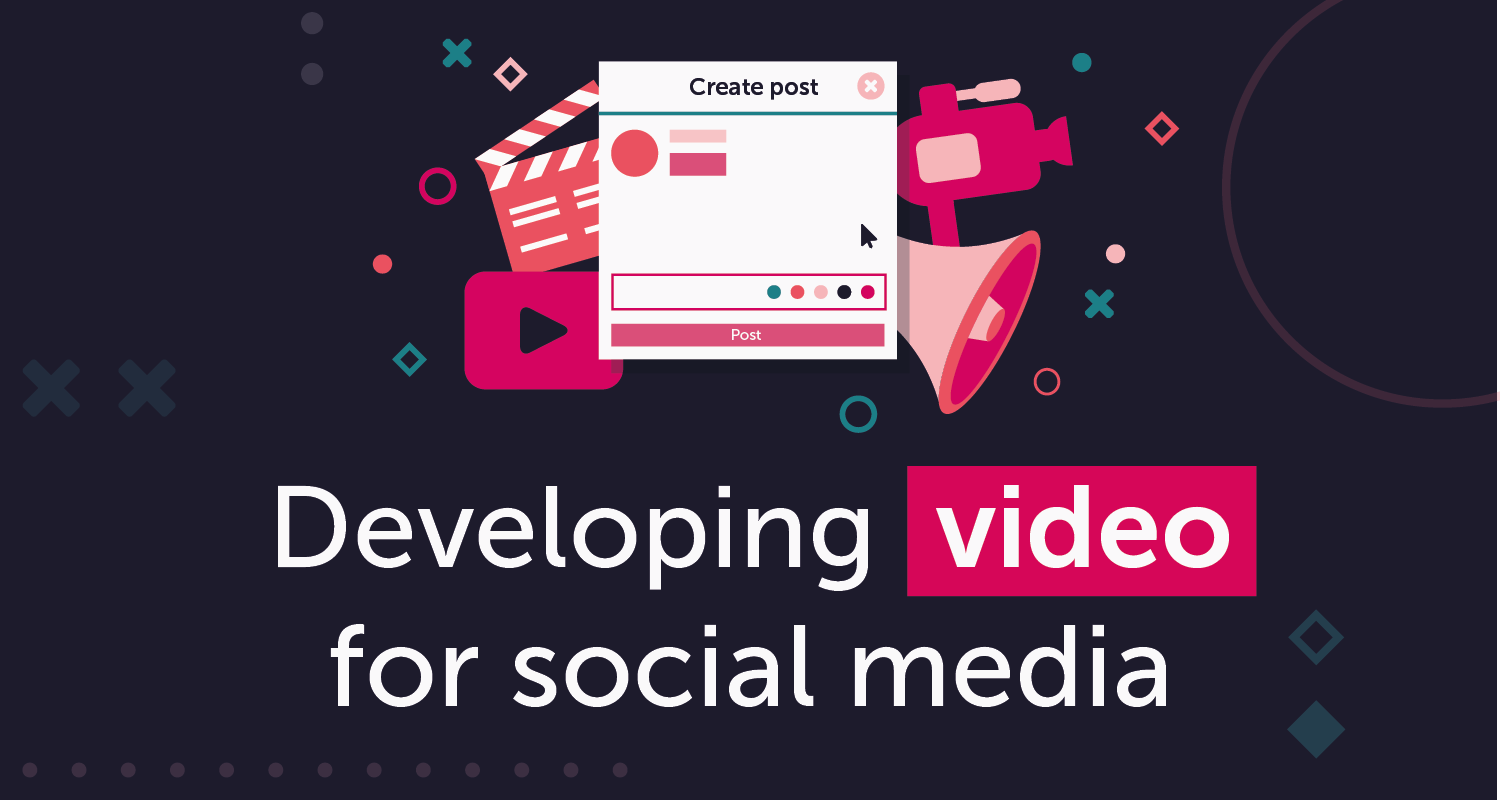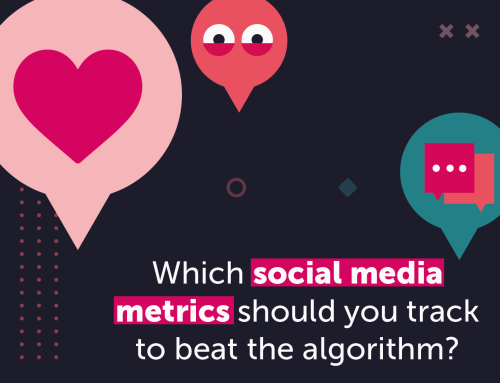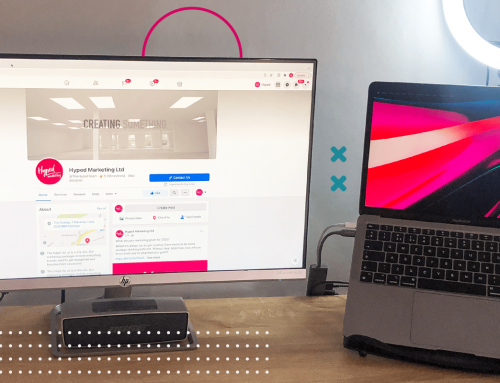
We get a lot of requests from clients wanting to use more videos in their marketing, and it’s easy to see why.
Video content allows you to tell a story and show your authentic side, with the added bonus of selling your products or services (subtly, of course). Plus, it gives you access to data that can help improve your future content.
Thanks to the introduction of live-streaming videos and accessible editing apps, it’s now easier than ever to dip your toes into the video marketing world.
So, where to start? To help you out, we’ve listed our top tips to keep in mind when producing video content for your social media channels…
1. Have a strategy
Before creating any content, it’s a good idea to have a plan.
Are you looking to increase brand awareness, start conversations about an upcoming launch or recruit new team members? Whatever you’re trying to achieve, be intentional with your videos from the outset so that you don’t get derailed.
2. Hook the audience
People’s attention spans are generally pretty short. If you want anyone to keep watching your video, those first few seconds really need to grab their attention…
Start with thought-provoking questions, strong hooks, powerful visuals or engaging music. Including your logo, brand name or tagline is also a great way for people to recognise you, and it fills in the blanks to help audiences quickly understand your message.
3. Keep it concise
The ideal length for social media videos depends on the audience, platform and content — and it changes all the time.
For the moment, around one to two minutes is a good range. It’s important to keep your videos bite-sized and easy to watch whilst still providing value, so only keep the most relevant and interesting bits.
4. Shoot in natural light
Dimly lit videos look grainy and low quality, and no one wants that. If your location allows, use natural lighting by shooting near a window or outside.
If social video is something you want to pursue long-term, it’s worth investing in a few pieces of lighting equipment to keep your videos bright and evenly lit. Ring lights are a good budget option, whereas three-point lighting or LED lights are better (but more expensive) if you’re shooting high-production videos.
5. Check the sound
Poor sound quality can be a dealbreaker for video.
If you’re recording sound, get your hands on an external microphone that can be clipped directly to clothing or a larger shotgun microphone that can be held out of frame to reduce background noise and improve sound quality.
6. Include a strong CTA
Once your audience has watched your video, they’ll want to know where to go or what to do next! That’s why you need a clear call to action.
Where you put it depends on the platform. For example, social media videos for YouTube should have a CTA at the end, but on Facebook, you’re better off popping your CTA in the middle of the video.
7. Consider your music
Using music in your videos is great… unless you’re using copyrighted music, then it’s useless (most of the social channels will either mute the music in your video or remove the post entirely).
Royalty-free music lets you pay for the music once and use it for as long as you like. If it sounds tricky, don’t worry. It’s easy to navigate when using sites like Pixabay for royalty-free music. Or, if you’re making consistent videos, you can purchase music from sites like Envato.
8. Add captions!
You’d be surprised how many people watch videos without sound these days (69% in public places and 25% in private places). Up to 80% of people also said they were more likely to watch a video to completion if captions were available. Plus, adding captions makes your content more accessible to all viewers.
There are plenty of user-friendly tools you can use to add captions to your video content, so don’t worry about the process — it’s easier than you’d think. Take a look at Movavi, Zubtitle, or Kapwing to get started.
9. Size your videos for socials
Remember, accurate dimensions and orientation will affect your output, so you’ll need to optimise your content for each social media platform.
For example, Twitter’s ratio supports anything from 1:2:39 to 39:2:1, and Facebook supports a variety of formats, including 16:9, 1:1 (carousel), 4:5, 2:3 and 9:16. But Instagram needs ratios that are 1:1 (square), 4:5 (portrait), 1.9:1 (1080 x 566), or 16:9 (landscape).
Struggling to get your head around developing video content for social media? Don’t worry. At Hyped Marketing, we can do all the work for you — either as a bespoke campaign or as part of our social media marketing packages. Drop us a line at hi@hypedmarketing.co.uk or 01252 717373 to find out more.










